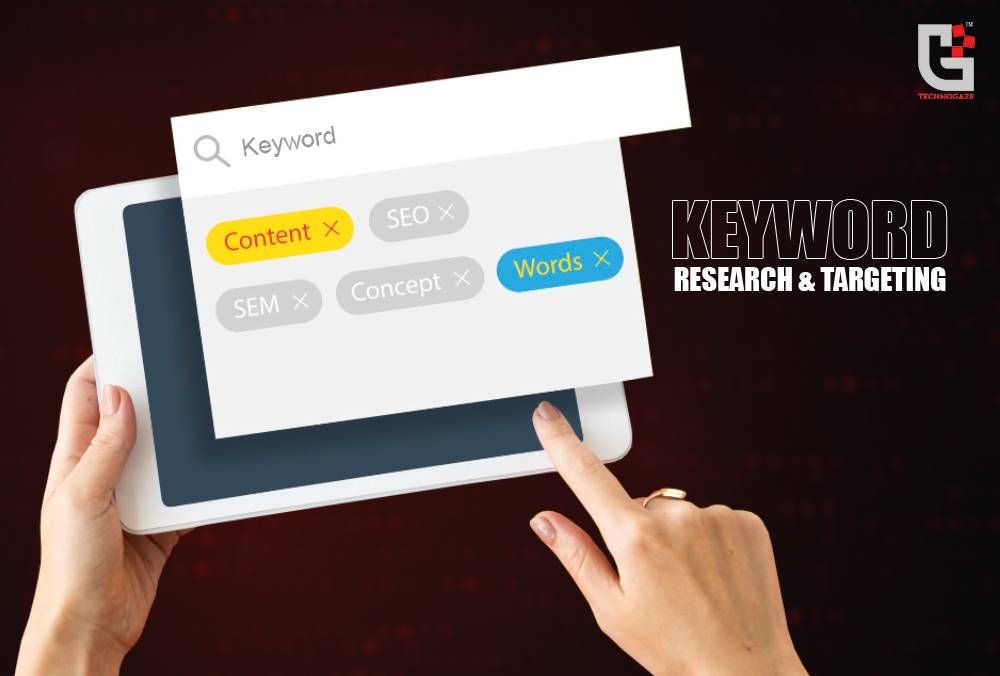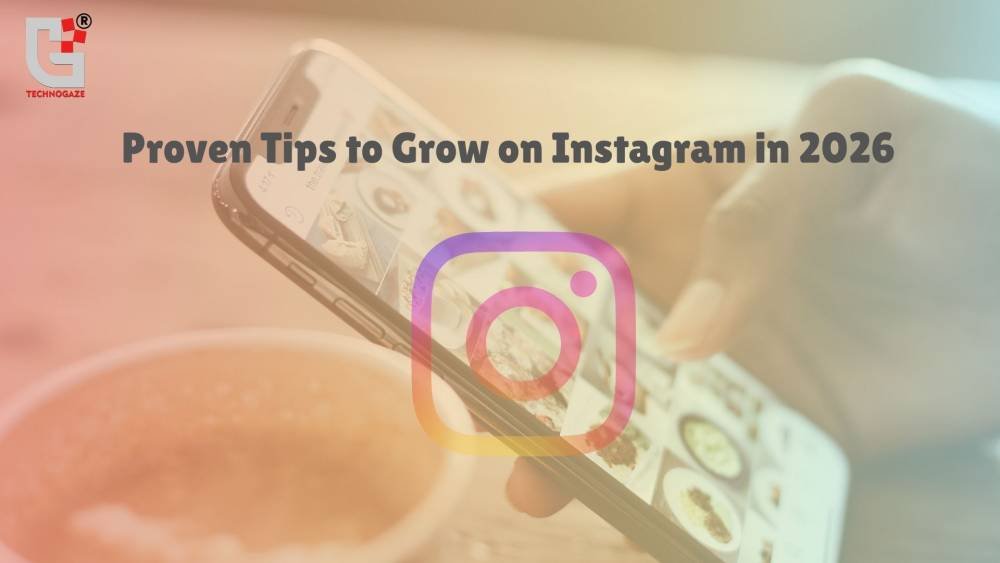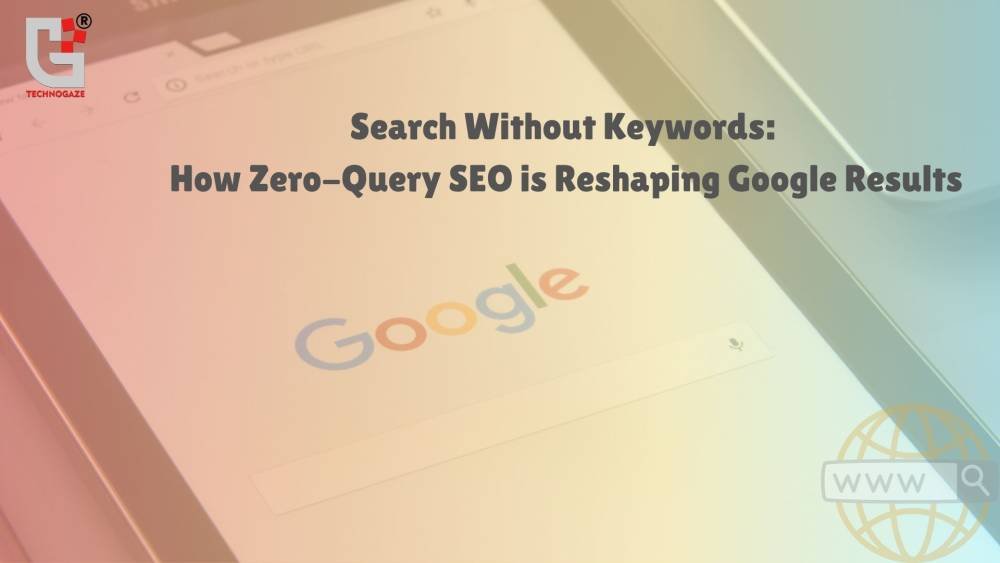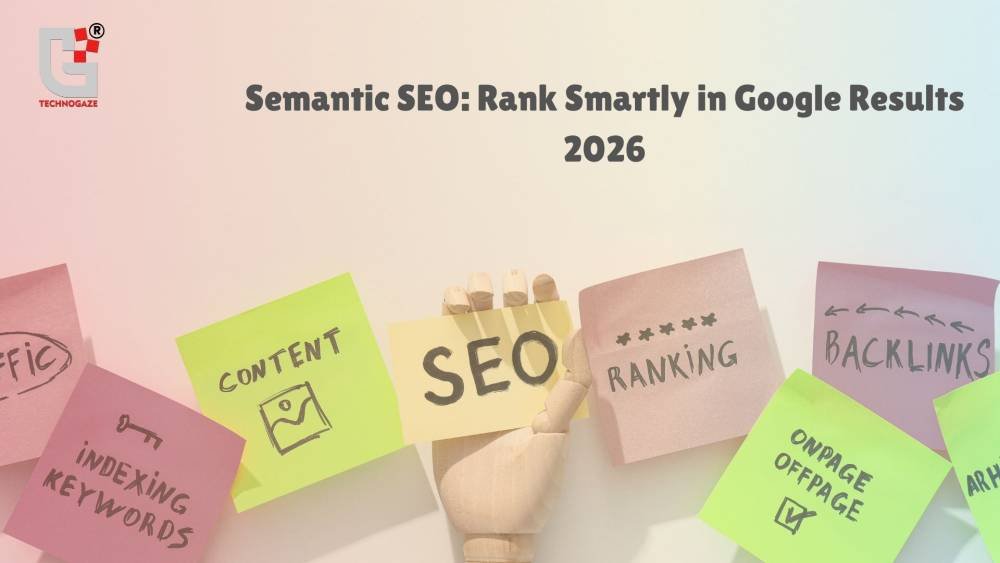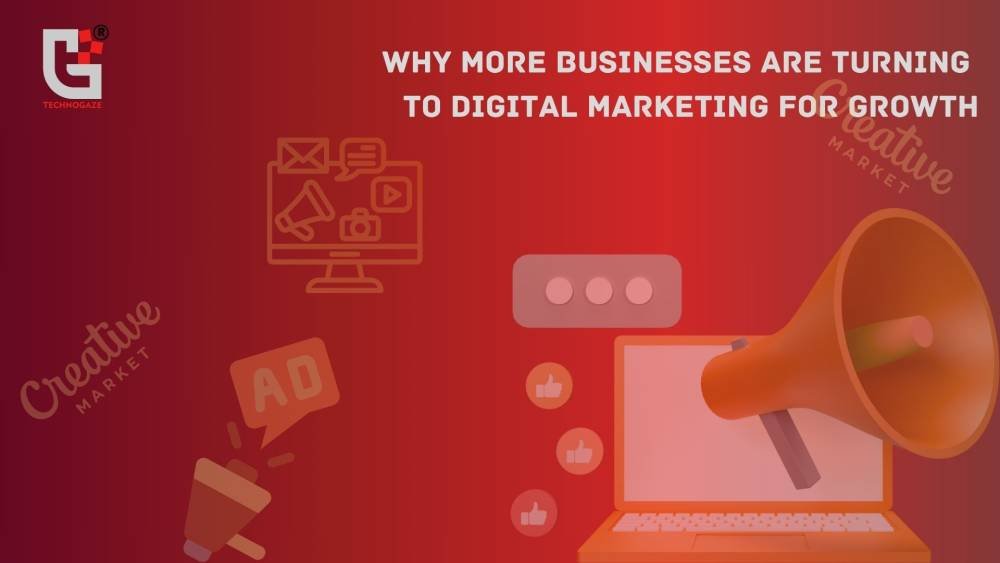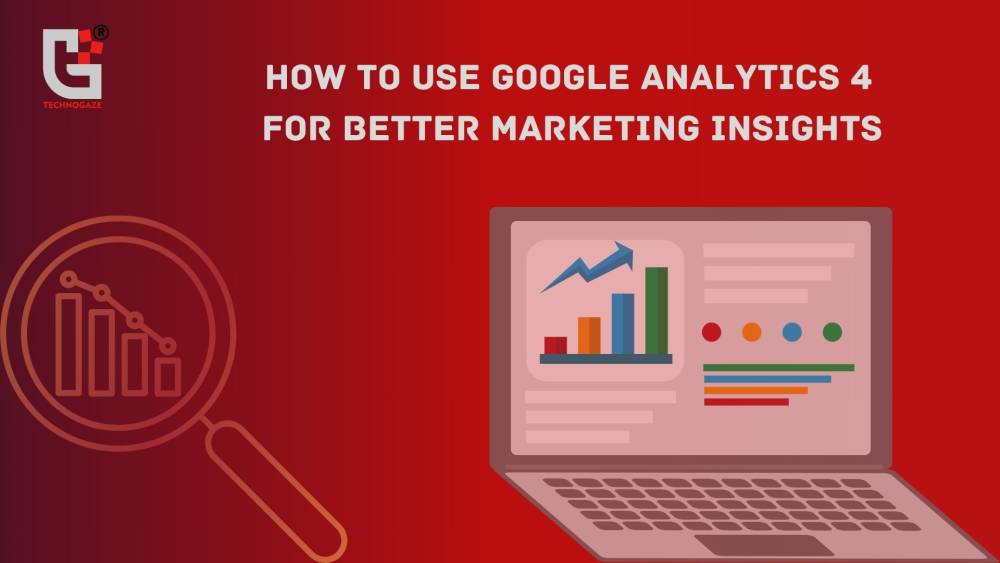Discover how to identify relevant keywords that your target audience is searching for
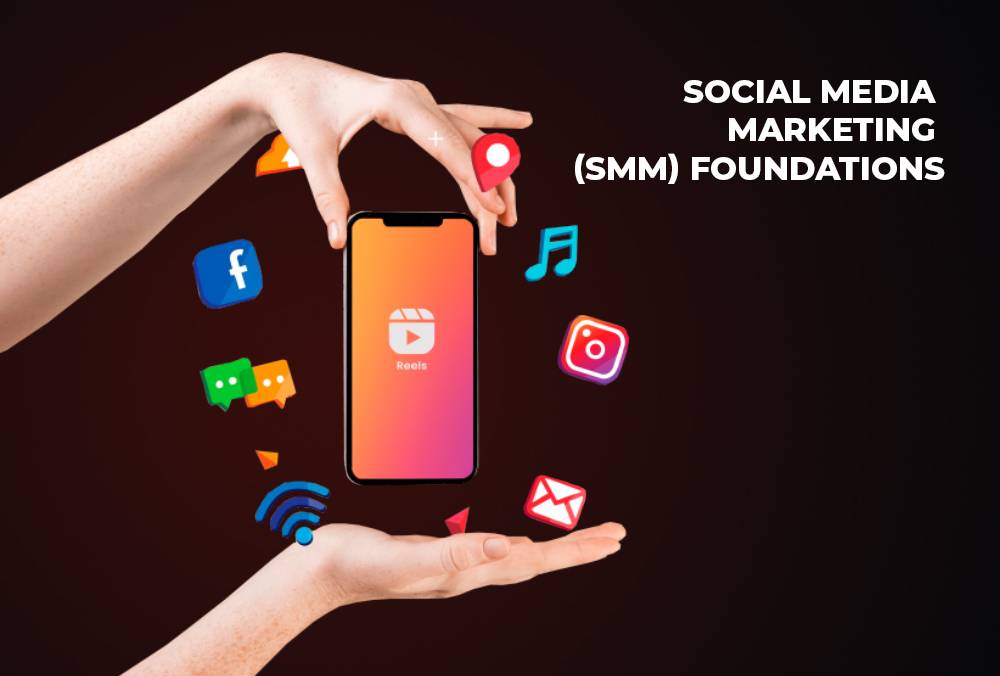
Social media marketing is the process of producing content for social media sites to advertise your goods or services, foster community among your target market, and increase website traffic. Social media marketing is continuously changing due to the daily release of new features and platforms.
There are a variety of reasons a company should use social media marketing. Here is a list created with the most beneficial reasons to consider for ease of understanding.
Let's dive in.
1. Raise awareness of your brand.
Social media can significantly increase brand awareness, for one. 4.95 billion people utilize social media, making up 61.4% of the global population. Your brand may reach hundreds of thousands, perhaps millions of eyes, just by participating in the conversation and sharing material that people can view, appreciate, and share.
2. Involve the listeners
Social media has made it more accessible than before for clients' opinions about your goods and services. It is possible to post fresh content, receive quick feedback on the products and services the business offers, and view what other users say about it on their profiles.
3. Encourage client support
The criticism you receive on social media is very public by nature; responding thoughtfully and on time demonstrates to your wider audience that you are paying attention to criticism and taking action. Resolving a customer's grievance not only makes them more likely to make another purchase from your business but also demonstrates to other customers the kind of service you provide, fostering loyalty and trust.
4. Impact sales and conversion rates
The average individual uses social media for 147 minutes a day, or almost two and a half hours, as per industry studies, even though many of the leads gained from social media are regarded as top-of-funnel. As a result, a large audience will see your material, which, if done well, may persuade them to buy.
5. Improve search engine result page (SERP) presence
Google continuously incorporates data from social networking sites like Facebook pages, Instagram photos, and tweets into its search engine results. Your brand's SERP visibility increases when you successfully sell it on social media. You may tailor your social media material to the requirements of the public while including the distinctive style of your business by keeping an eye on what's new and trendy.
6. Retarget missed customers
Suppose a customer is on your website and has added a product to their cart, but they don’t buy for some reason. With social media marketing, you can retarget this customer to engage them again to complete their purchase—or at least keep your brand on their mind.
70% is the average online shopping cart abandonment rate.
$18 billion in Sales revenue is lost annually from shopping carts left behind.
Statistics on social media marketing
Don't simply take our word for it on the previously mentioned benefits. Let's examine a few social media marketing data points that demonstrate its effectiveness:
1. The typical adult in the US uses social media for 2.25 hours each day.
2. More than 70% of individuals who use social media to share a favourable experience with a business will do so through their networks.
3. Each month, on average, 12 Facebook ads are clicked by individuals.
4. 81% of users use Instagram to look up goods and services.
5. Almost 80% of Twitter users report that when a business responds to their tweet, their perception of it improves.
6. Four out of five LinkedIn users make business decisions.
Social Media Platforms to Focus On
Facebook is the world's largest social media network and one of the most popular local business listings. It is used by individuals across a wide spectrum of age groups for brand following, group and forum participation, company discovery and visitation, and communication with friends and family. Facebook is a fantastic tool for social media marketing because it can:
1. Cultivate ties with your present clientele
2. Declare events, milestones, and changes in hours.
3. Have talks and broadcast live.
The Meta Business Suite tool is the first thing you should know if you want to start running Facebook advertisements.
This serves as a central location for managing your people, pages, inboxes, and advertisements.
It is easy to use and free.
Just go to the Meta for Business landing page and register. For it to allow you in, you must already have a Facebook account.
Instagram
Despite its late debut, Instagram overtook LinkedIn and Twitter in terms of monthly active users. With forms ranging from Feed articles to Stories to Lives to Reels and IGTV, it's well-liked for its variety of content. Instagram is a platform where people follow brands and influencers who share their beliefs and those they buy from. Make your bio on Instagram and utilize it for the following:
1. Shopping with friends
2. Marketing with influencers
3. User-generated content
4. Company culture
The cost of Instagram ads is generally higher than on Facebook, but the good news is that organic reach is also higher.
YouTube
You can view videos on YouTube on news, education, entertainment, and more. Most people are aware of this, but how many of us also know that it's an excellent way to expand a business?
For a considerable amount of time now, online videos have been attracting attention and exerting a substantial impact on the digital audience. Right behind Google, YouTube is the second most popular website in the world. With such a wide and diverse audience, it presents excellent marketing chances. YouTube, which has billions of active viewers, is undoubtedly a useful and effective instrument for digital marketing.
Like other social media platforms, you can use YouTube’s advertising platform to promote your company.
Currently, there are several types of YouTube ads:
1. Skippable in-stream ads
2. Non-skippable in-stream ads
3. In-feed video ads
4. Bumper ads
5. Outstream ads
6. Masthead ads
X (Twitter)
X ranks as the sixth-most widely used social media network globally. Even though it's not as large as it once was, its significance is still enormous. Like Facebook, X is an excellent medium for advertising your brand, both through paid and organic means.
Growing your account organically on X is possible by posting high-quality content and engaging with other users every single day. Posting visual content can work really well, from my experience.
Advertising on X
So, how can one begin using X advertising? The simple three-step method is as follows:
1. Decide on goals like raising awareness or improving conversion.
2. Select from a variety of ad types, such as promoted accounts, promoted tweets, and trend takeovers.
3. Launch your campaign and monitor its progress.
LinkedIn
LinkedIn is particularly useful for business marketing, even though it can also be a terrific place to network, locate employment, show off your skills, and develop your brand.
Indeed, according to LinkedIn data, 93% of content marketers use the platform for organic social media marketing. According to 77% of users, LinkedIn yields the best organic results.
5 LinkedIn marketing tips
1. Know your target audience.
2. Make use of a social media marketing resource.
3. Learn the best times to post on LinkedIn
4. Measure your progress with LinkedIn analytics
5. Use LinkedIn hashtags
Pinterest
Posting branded material on Pinterest helps you connect with your audience, create awareness, and increase traffic to your website. It is a visual medium for marketing purposes.
Marketing on Pinterest is an effective technique to attract new customers because a lot of people use the platform to get inspiration for purchases.
If you have a product for women that’s highly visual and you don’t want to deal with influencers, then Pinterest ads are your solution.
Develop a strategy for social media marketing. Pay attention to the following elements while developing a social media marketing strategy:
1. Target audience
2. Content
4. Engagement
5. Social channels
In addition, you must:
1. Set and achieve objectives.
2. Recognize the specific demands and desires of your audience.
3. Select the reach metrics you want to monitor. Depending on your goals, these will vary. Track impressions, for instance, if you're going to gauge engagement.
4. Publish click-worthy material. To achieve this, you must create inspirational content, respond to inquiries, share news items, and post at the best times.
5. When necessary, evaluate and revise your plan.
Conclusion
Considering the billions of users on social media today, it's unsurprising why so many companies and marketers use the platform to interact with clients and promote their goods.
Start working on your business’s social media marketing strategy today. Use your finest content marketing and advertising techniques to establish yourself as an active participant on the platform where your target audience is present.
You now understand the history of each platform, what the channel's context recommends you do, and how to create quality content for each one.
Are you ready to change your social media branding strategy?
Author Details
Latest Posts
-
1November 15, 2025
-
2
-
3October 11, 2025
-
4
-
5


